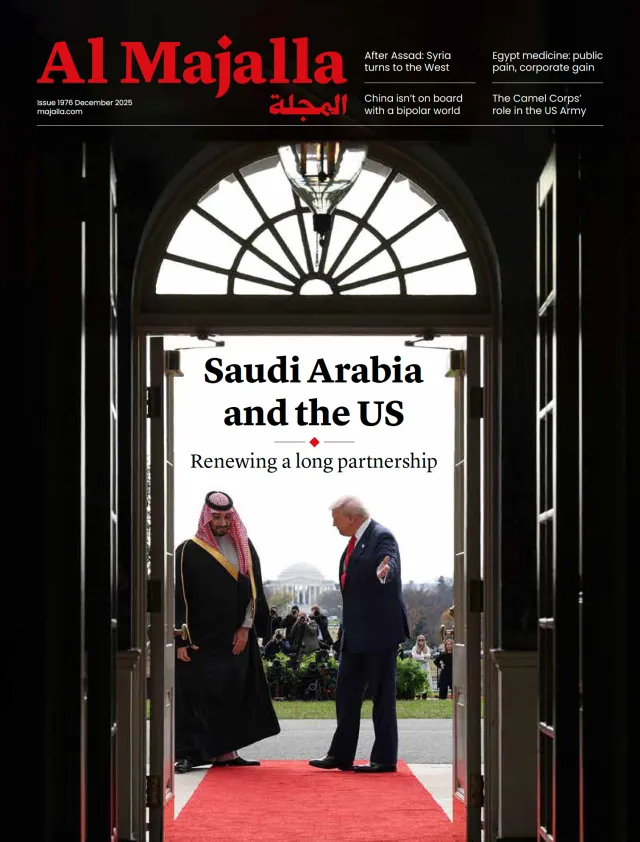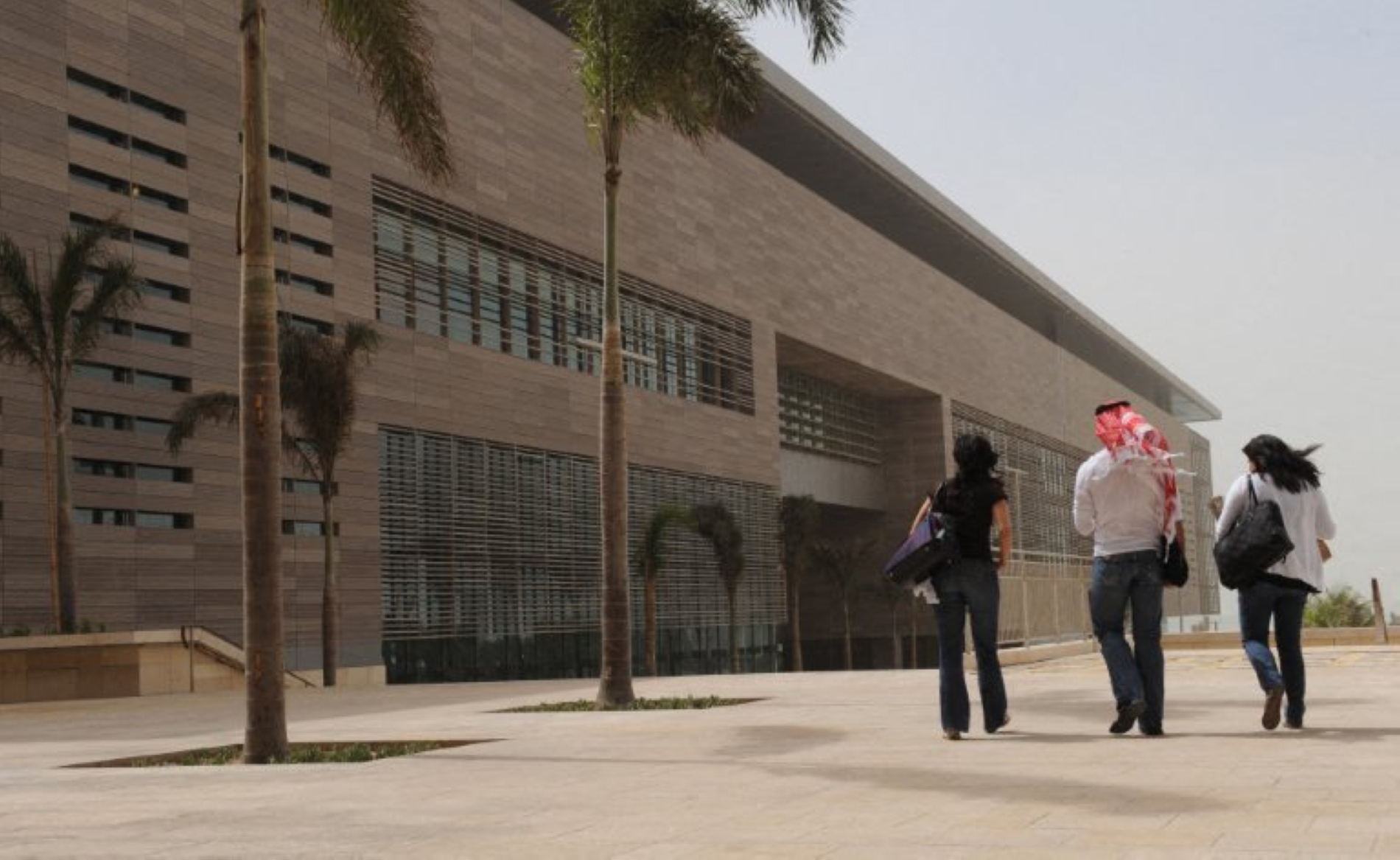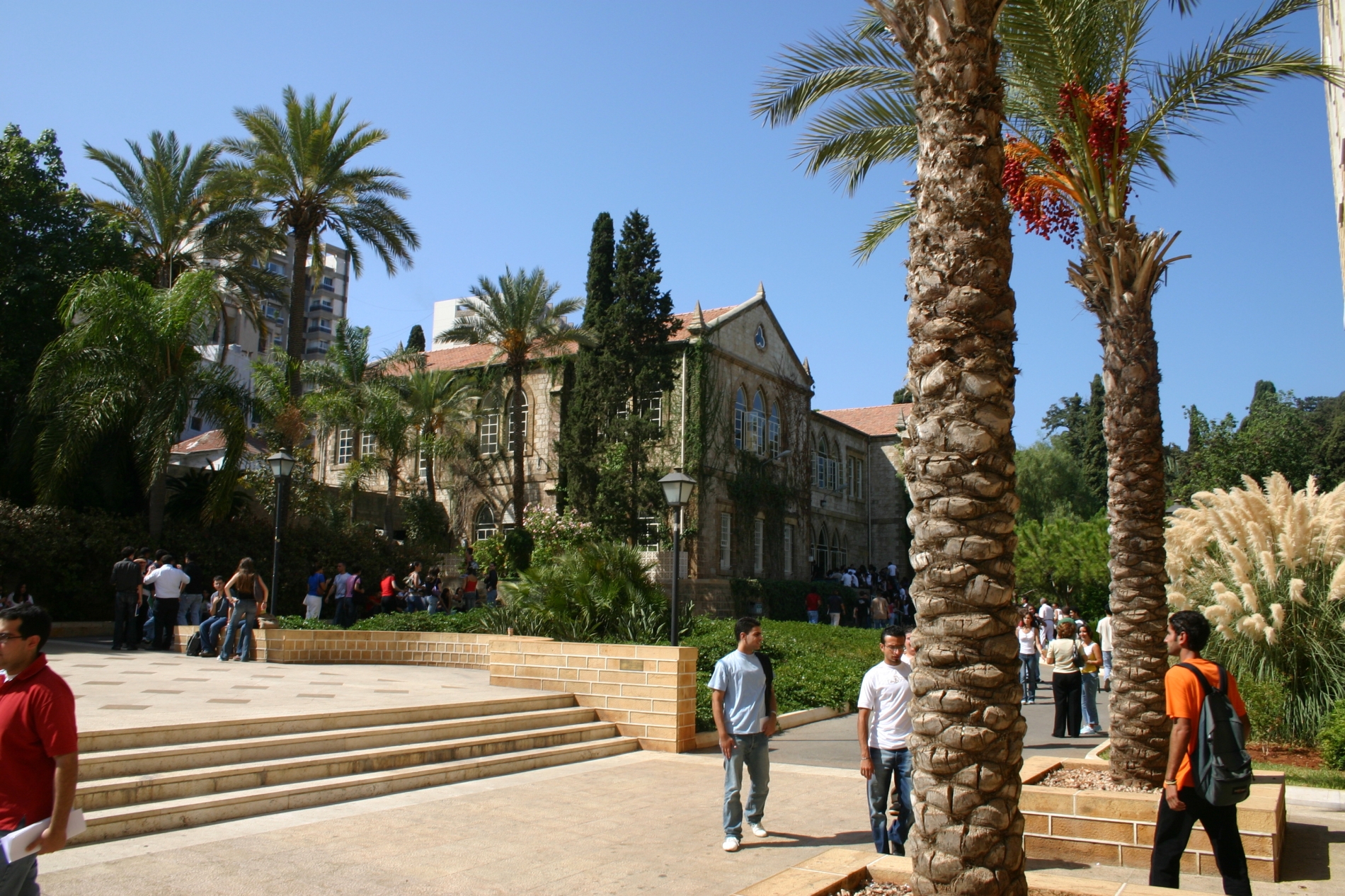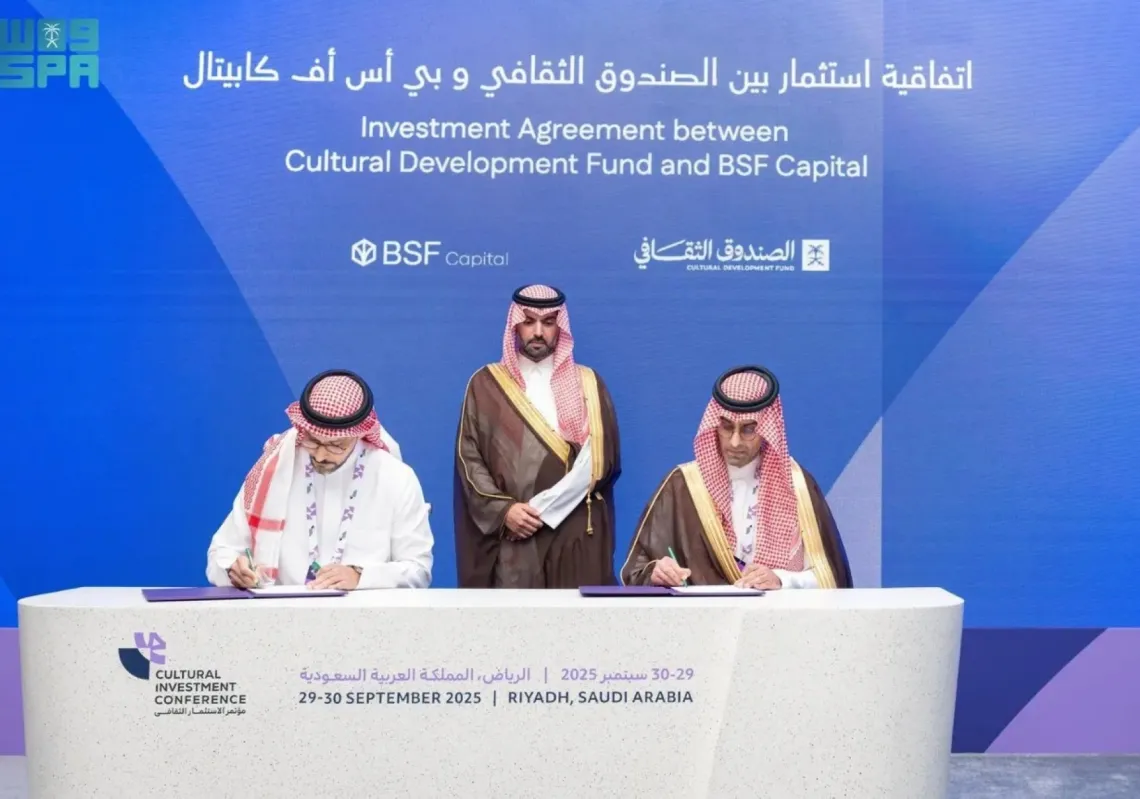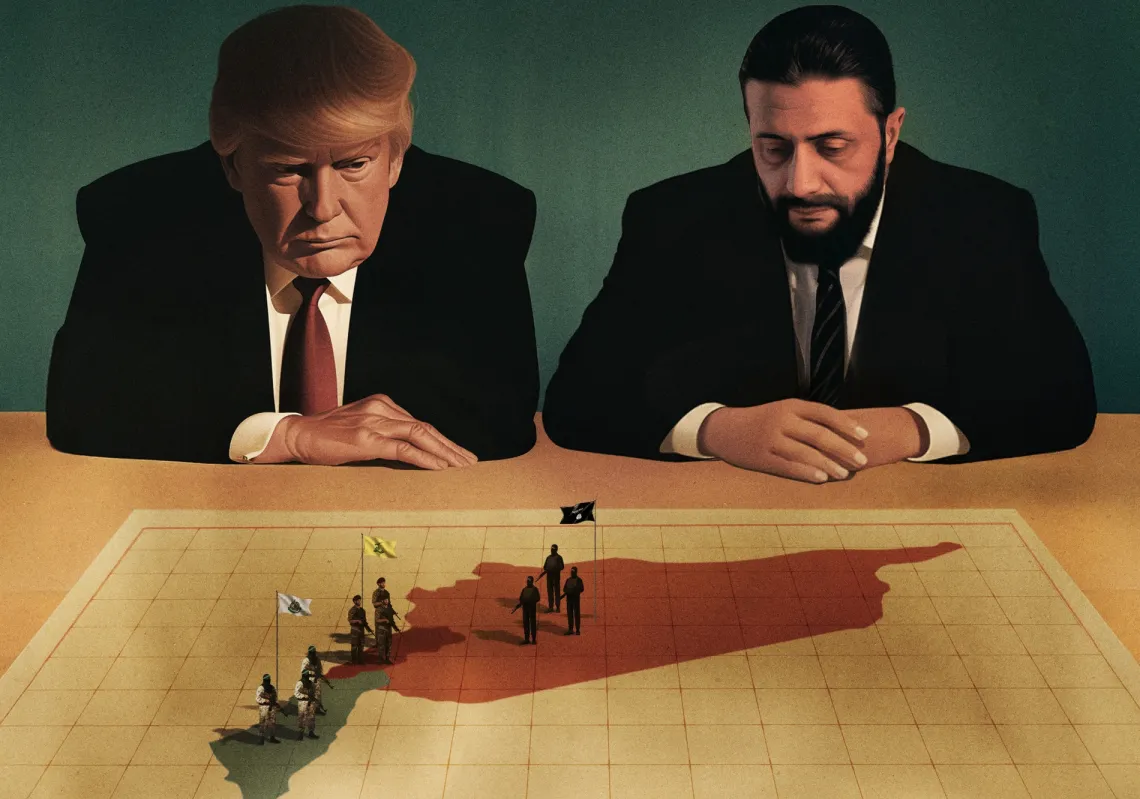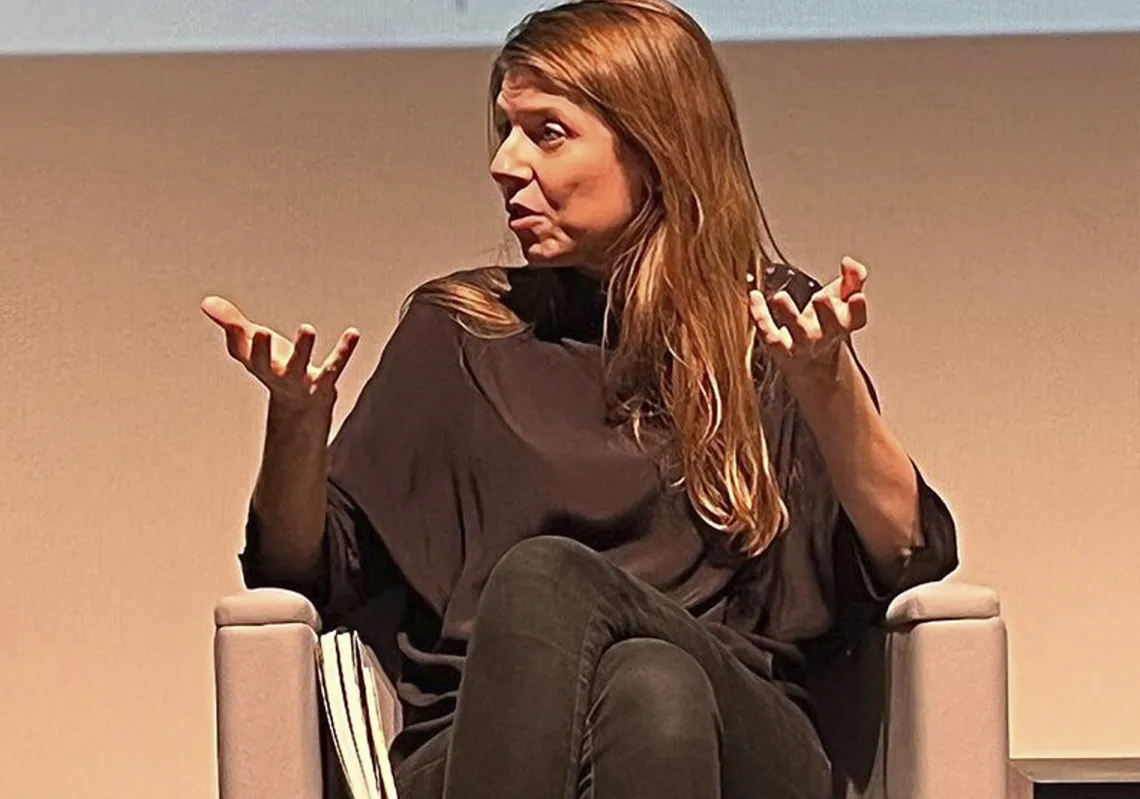During my years in the US government, working on Saudi relations, I was struck by the way many of my meetings with Saudis began.
Before diving into the details of regional security or technological competition, the Saudi across the table from me would begin by reminiscing, with a smile, about their time at US universities—mascots, college towns, even football rivalries. Some hadnʼt been back in decades, but the connection endured.
That bond—linking some 700,000 Saudis educated in America to communities and the country that hosted them —has been the quiet glue of our partnership. As Washington and Riyadh upgrade ties—from AI to defence to even standup comedy—this is also a moment for renewed ambition in higher education.
Our education partnership need not look like it once did. Saudi Arabia is rightly focused on developing world-class domestic institutions and capabilities. Yet as Vision 2030 unleashes young talent, both sides stand to gain by pairing ambitious investments in human capital with those in microchips and megadeals.
Higher education has long been one of the most important bridges between our two countries. The first Saudi cultural mission opened in the United States in 1951. One of the first Saudi scholarship recipients in America became the country's first Minister of Petroleum and Mineral Resources.
In 2005, Saudi Arabia launched the King Abdullah Scholarship Programme, which, at its height, sent nearly 100,000 Saudis to study across America—training future leaders and building friendships that taught both societies to see each other not through caricatures but as partners and peers. It has helped the relationship withstand many tests and led Saudis and Americans to continually look to each other—from business to diplomacy, to security, and culture—in ways that benefit both sides.
For the United States, this built soft power that no diplomatic dialogue could match. For Saudi Arabia, it helped seed the technocratic expertise and results-oriented leadership now driving Vision 2030.

Narrowed bridge
That bridge has narrowed. The scholarship wave crested as oil prices fell and Saudi leaders tightened funding, reforming the programme to focus on top-tier US universities. COVID-19 also slowed travel, and visa backlogs—plus concerns over campus culture and uneven integration into student life—led many Saudis to look elsewhere. Saudi enrollment in US universities has plummeted from roughly 100,000 to 15,000—and is still declining rapidly, with new entrants down 20% this year amid tougher US immigration enforcement.
To be clear, it's up to Saudi Arabia to decide where it wants to send its youth for their education. It aims to build a world-class university system at home, and institutions like KAUST are proving that it can. Many Saudis will now proudly study in-house, and more Americans should join them.
The future of educational cooperation will inevitably look different—as it should. The old one-way model should give way to two-way exchanges that strengthen higher education in both countries.
Vision 2030 depends on developing world-class talent across key sectors—from AI and clean energy to hospitality and health. American universities remain unparalleled in these and other critical fields, and exposure to their model of research, critical thinking, problem-solving, and entrepreneurship has already proven to be a powerful accelerant of Saudi development.
The United States, meanwhile, faces a shrinking college student population. Combined with declining international enrollment from China and elsewhere, these changes will strain universities and local economies. A revitalised education partnership could help strengthen US higher education while advancing Saudi transformation.

